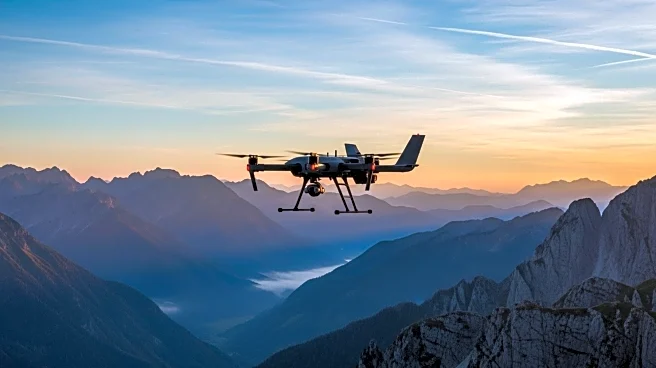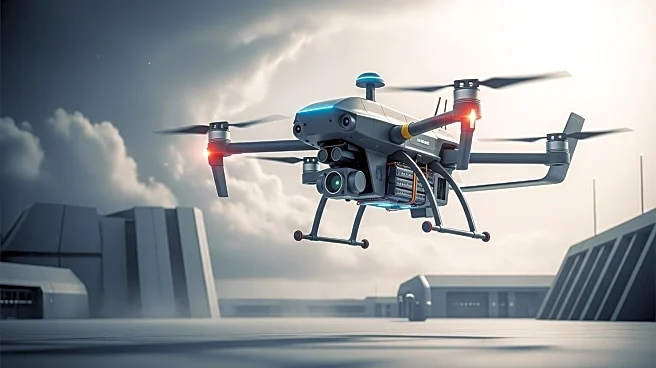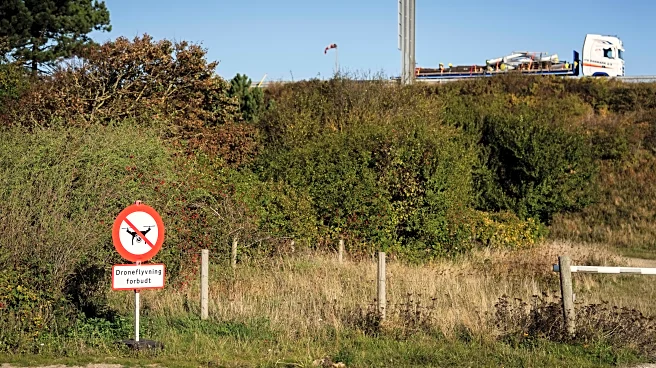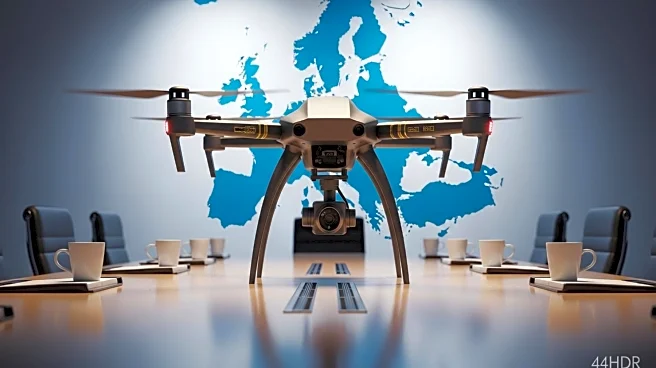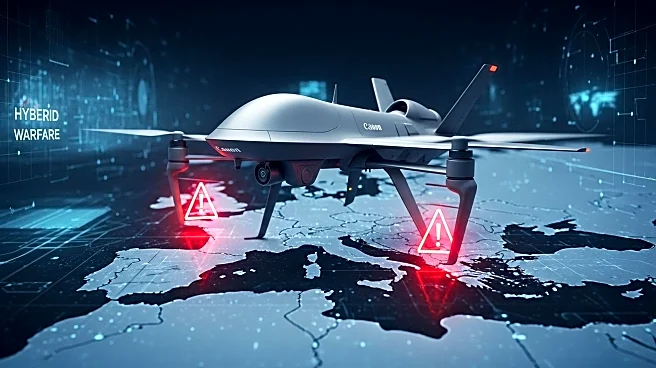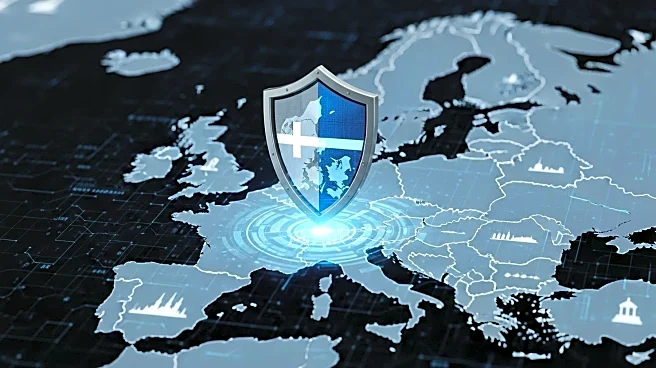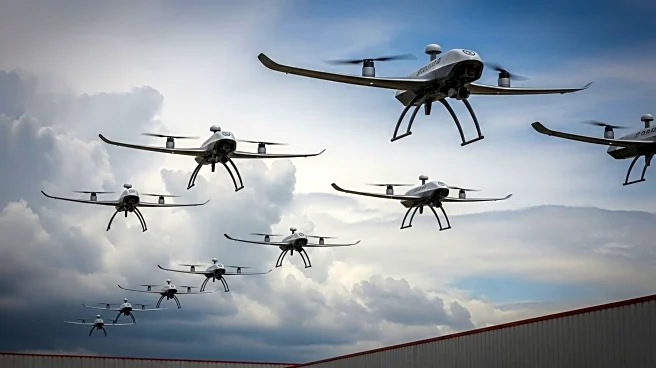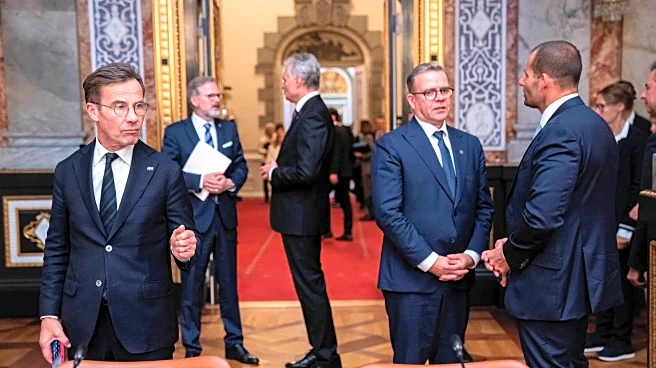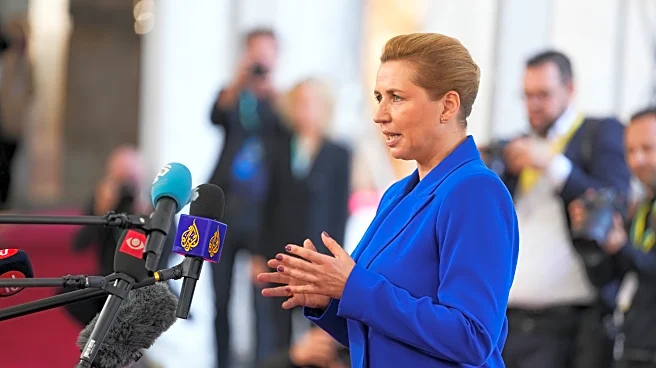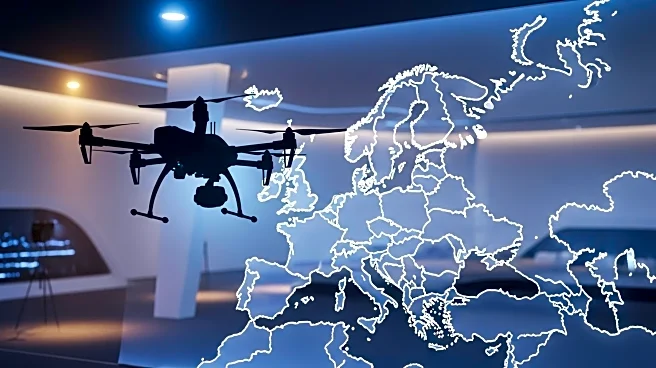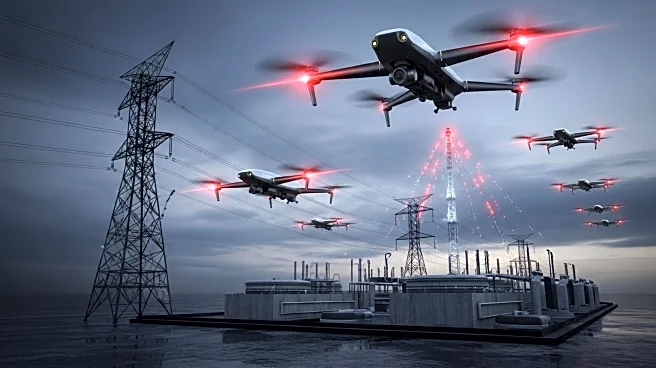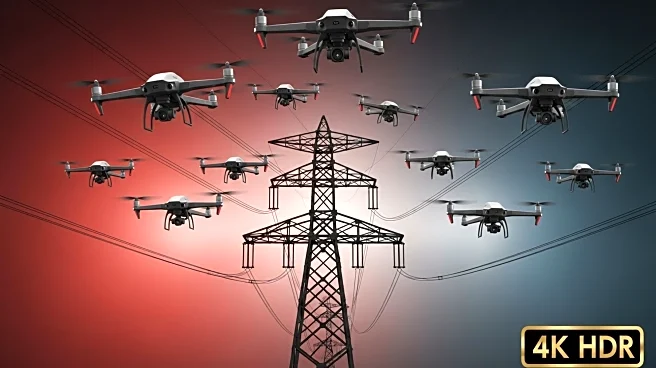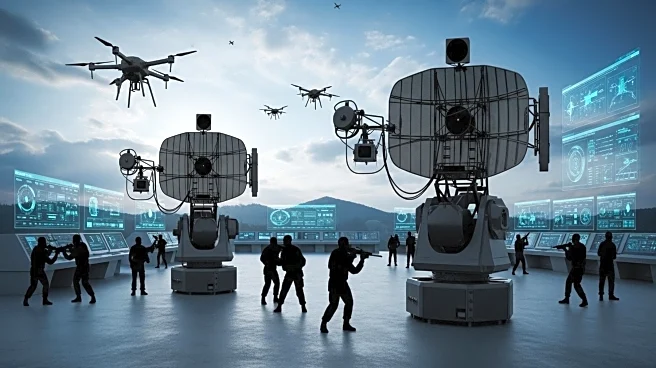What is the story about?
What's Happening?
NATO has intensified its surveillance operations in Eastern Europe following multiple alleged airspace incursions by Russian aircraft and drones. The alliance's mission, named 'Eastern Sentry,' involves extensive surveillance flights over Eastern Europe, including areas near Russian and Belarusian territories. A recent flight, which included servicemembers from various NATO countries such as the United States, Canada, and Germany, was conducted to monitor potential threats. This move comes after several incidents, including Russian drones entering Polish airspace and MiG-31 jets allegedly crossing into NATO territory in Estonia. NATO claims to have data supporting these incursions, despite Russian denials. The alliance is increasing its presence in the region to counter what it describes as provocative actions by Russia.
Why It's Important?
The escalation of surveillance and military readiness by NATO in Eastern Europe underscores the growing tensions between the alliance and Russia. This development is significant as it highlights the potential for increased military confrontations in the region, which could have broader implications for international security and stability. The actions taken by NATO aim to deter further Russian aggression and reassure member states of their security commitments. However, these measures also risk escalating tensions, potentially leading to a more volatile geopolitical environment. The situation affects not only military and defense sectors but also has implications for diplomatic relations and regional economic stability.
What's Next?
NATO is expected to continue its increased surveillance and military presence in Eastern Europe as part of its strategy to deter Russian aggression. The alliance may also engage in further diplomatic efforts to address the security concerns of its member states. Additionally, there could be increased dialogue between NATO and Russia to prevent further escalation. The situation will likely prompt discussions among NATO members regarding the allocation of resources and the potential need for additional military support in the region.
Beyond the Headlines
The ongoing tensions between NATO and Russia could lead to a reevaluation of defense strategies and military alliances in Europe. This situation may also influence public opinion and political discourse within NATO member countries, potentially affecting future policy decisions. The increased military activity could have long-term implications for regional security dynamics and the balance of power in Europe.
AI Generated Content
Do you find this article useful?
